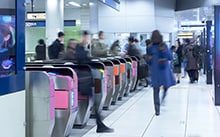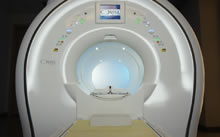With the progress toward a more barrier-free society, train ridership by wheelchair and white-cane users going out by themselves is increasing. Assistance by train station personnel is crucial to securing their safety on station platforms during boarding and deboarding. At issue is operational streamlining, including ensuring smooth cooperation from the boarding station to the deboarding station, in order to provide solid support with a limited number of personnel. To solve these issues, Seibu Railway is applying digital technology to a series of operations performed conventionally by human operators, and Hitachi is assisting in the introduction of such technology. The methodology used was a design-oriented approach to the application of digital technology involving the sharing of Seibu Railway issues.
Over 10 years have passed since the 2006 enactment and enforcement of Japan's New Transportation Barrier-Free Law.1 During this period, barrier-free measures have been actively put into practice, and train ridership by users of wheelchairs and white canes has comparatively risen. However, despite the advances made in converting train stations to barrier-free areas, the assistance of station personnel remains indispensable toward securing safety while boarding and deboarding.
Due to the risk of human error during manual communications between station personnel when boarding and deboarding assistance is needed (such as by using telephone, handwritten memo, or manual alarm), Seibu Railway perceived the need for a new way to handle this communication. A system for assisting the station personnel whose duties include passenger support would make it possible to streamline cooperation, enabling improvements to passenger convenience.
Seibu Railway initiated an internal project targeting the development of a new service that uses information communication technology (ICT). However, the project hit a bottleneck upon entering into discussions on specific methods of operation. To get past this, and to make into reality a service that would lead to enhanced QoL for station users, it was decided to use “Experience Oriented Approach”, Hitachi's methodology for the collaborative creation of new value.
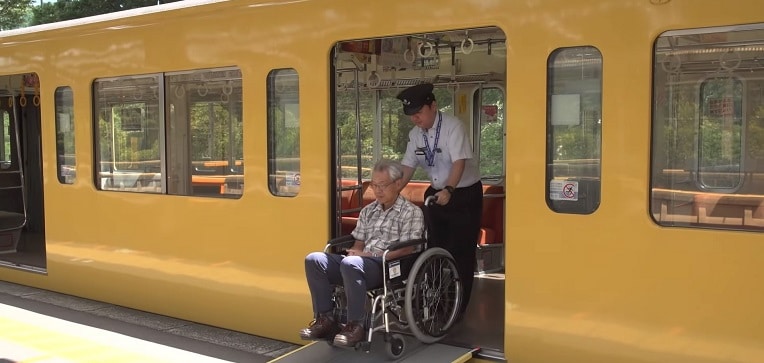
Station personnel assisting wheelchair user transit
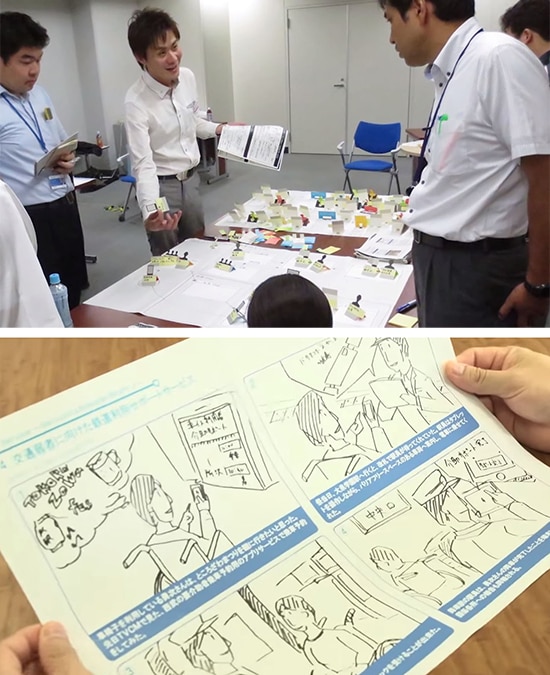
Top photograph: Service study carried out using Business Origami
Bottom photograph: Concrete images shared by creating actual pictures of customer issues and service use scenarios

Kozue Kano, system engineer, Experience Oriented Approach Promotion Department, Service Platform Business Division, Hitachi, Ltd.
“Experience Oriented Approach” involves using various tools and methods in creative discussions to identify potential issues. During meetings, for example, members use “Business Origami”—a tool for studying services from the perspective of stakeholders—while designers convert—on the spot—concepts brainstormed by meeting participants into actual pictures. Sharing concrete images like these let participants delve into deeper discussions. The result of this was the sharing among all project members of a visual image of station personnel receiving telephone communications and then rushing to the station platform carrying a wheelchair ramp, along with the strain that this imposes on them.
According to Kozue Kano, a system engineer belonging to the Experience Oriented Approach Promotion Department of Hitachi, Ltd.'s Service Platform Business Division, "An advantage of the Experience Oriented Approach workshop is having various stakeholders participate and exchange opinions. Also, in the carrying out of discussions that included presentations of cases from other companies that we had looked into, I sensed a response in terms of a broadening of width and depth in everyone's thinking."
In this project, Hitachi consolidated the contents of the several iterations of discussions carried out by each team. Hitachi then used this report as the basis for a study on what type of service all project members should put into practice using ICT. This resulted in a move toward developing the System for Assisting Wheelchair User Guidance Operations, which targets wheelchair users and the station personnel who provide their assistance.
Responding to the decision to develop this system, Hitachi set about identifying essential problems and latent needs by investigating the behavioral culture of the people working on-site and making detailed on-site observations of the situation of people at work. In addition to the carrying out of station personnel interviews and at-work observations, new issues in systemization were discovered by gaining an understanding of the work situation and by identifying issues while making drawings of the workflow of station personnel.
For example, even given that the information needed for passenger guidance from the boarding station to the deboarding station is communicated by telephone or handwritten memo, at stations with a large staff, the task may be handed over to someone other than the person that received the communication. However, at stations with less staff, the person that received the telephone call is often the one that takes charge of the guidance. This shows how the operational situation of communications work varies by station size.
To improve this situation, the tablet-based GS System (Guidance for Customer Support system) was introduced. With this system, station personnel at the boarding station enter into a tablet the guidance information necessary for the wheelchair or white-cane user. This information is then immediately sent to the tablet of the personnel at the deboarding station.
The interface design done by Hitachi also gives consideration to the potential presence of older station personnel by including such functionality as entry of items by simply pressing display buttons. Other adaptations include the changing of the background color in accordance with response status and the sounding of alarms upon the receipt of new guidance events and train arrivals. These and other features represent the various strategies incorporated into the system for reducing both the load on station personnel and human error. The system has received high praise from those that have actually used the system, commenting that "it is easy to use and convenient" and that "it is no longer possible to go back to telephone communication or handwritten memos, like before."
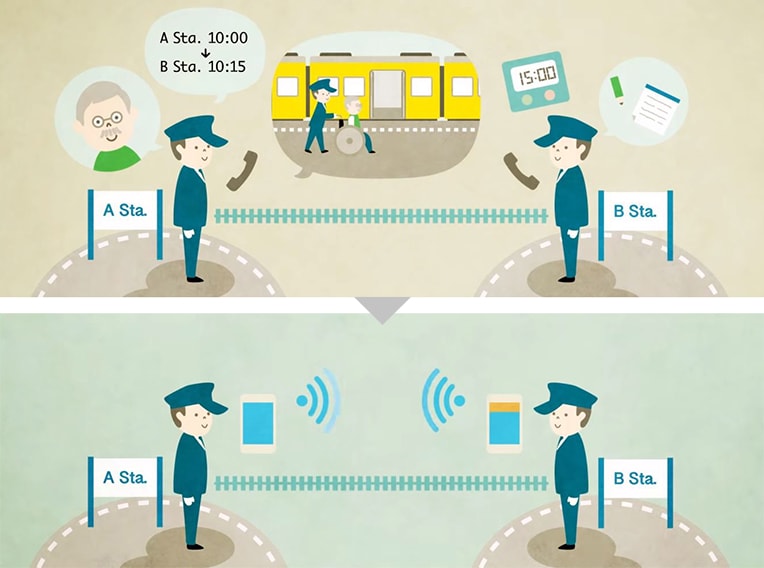
Operational efficiency was improved by changing from a telephone- or handwritten note-based response (upper image) to the GS System (lower image).
In recognition of its highly evaluated usefulness and excellence in operability, the GS System was awarded the 2017 Good Design Award by the Japan Institute of Design Promotion. As a consequence, requests to observe the system from railway companies throughout Japan have poured into Seibu Railway.
Seibu Railway is committed to providing services that deliver high satisfaction to all customers that patronize train stations. Hitachi will continue its collaborative creation that can leverage design thinking in order to provide comfortable services for customers.
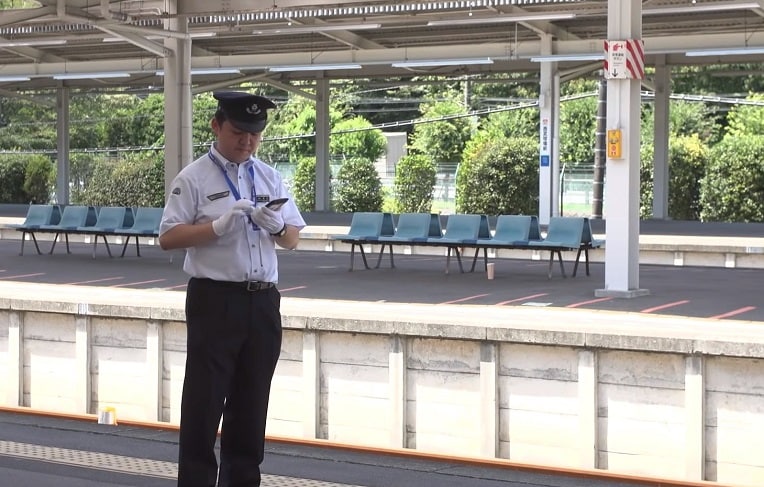
Release Date: March 2019
Solutions By: Service Platform Business Division, Social Infrastructure Information Systems Division, Hitachi, Ltd.
